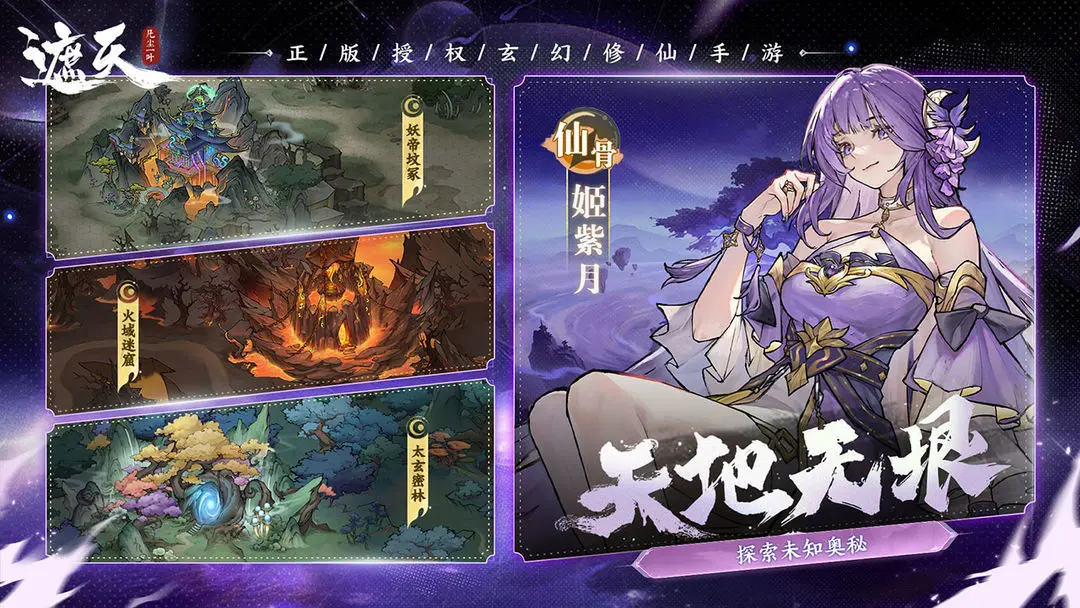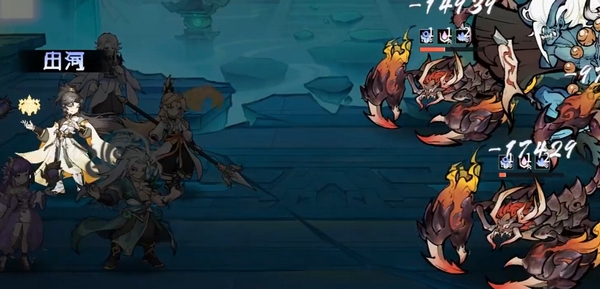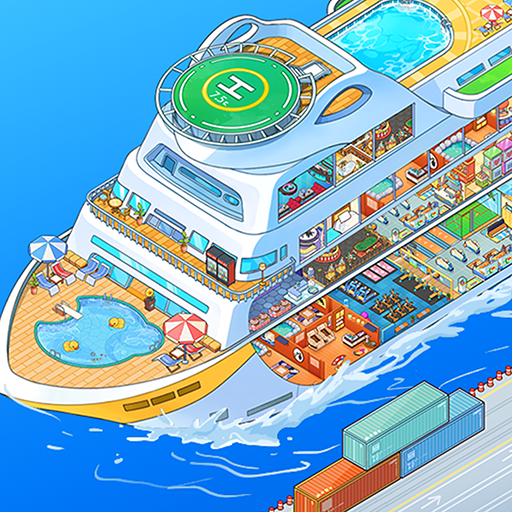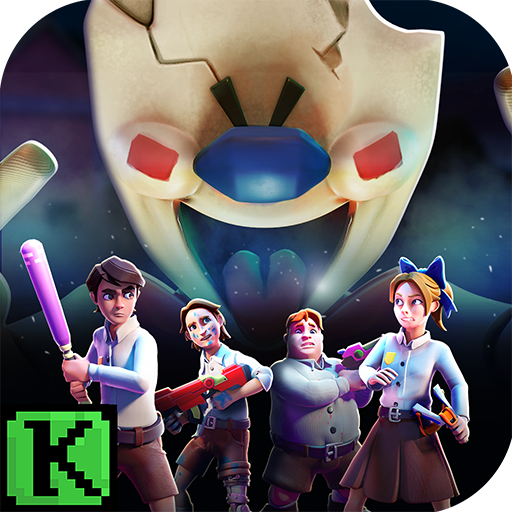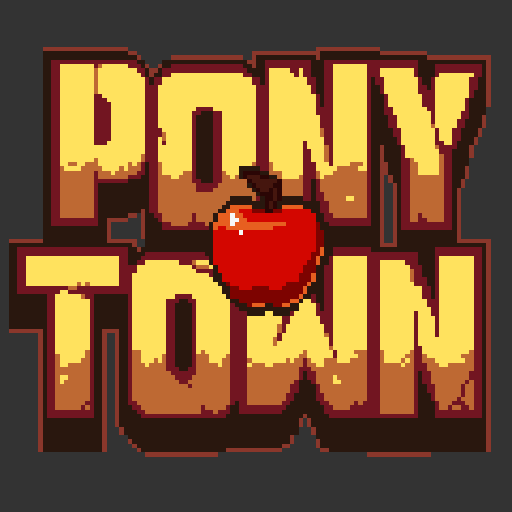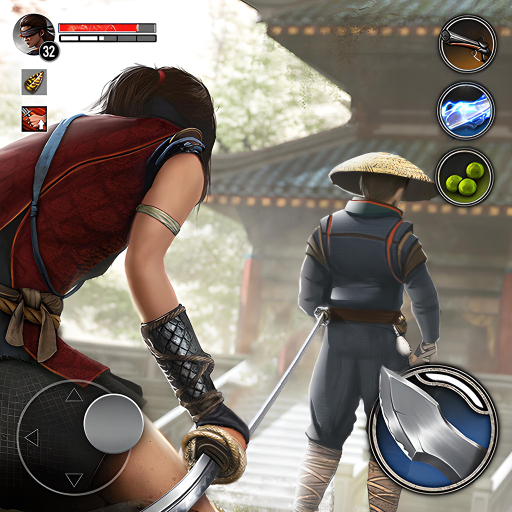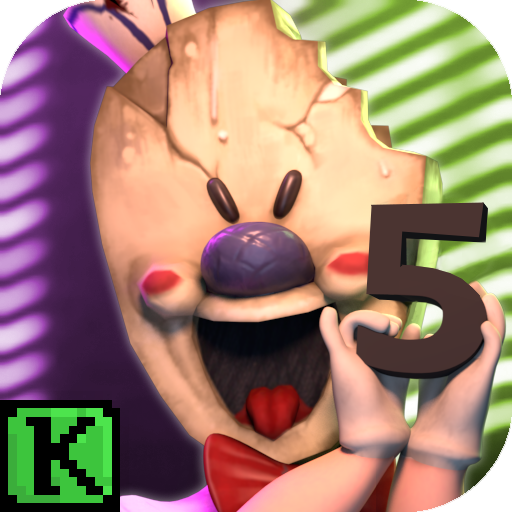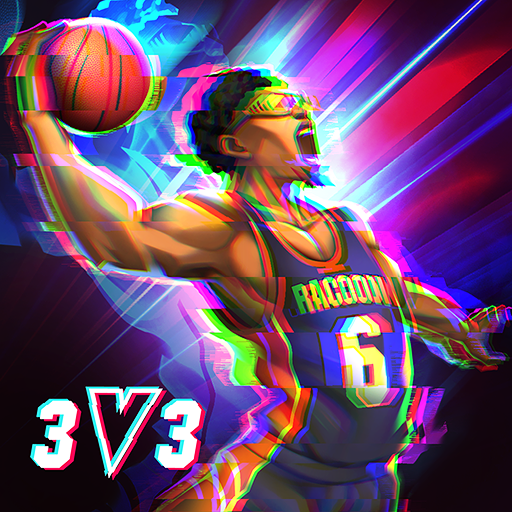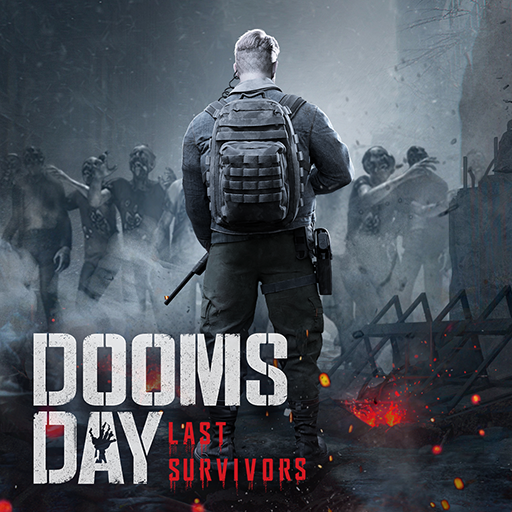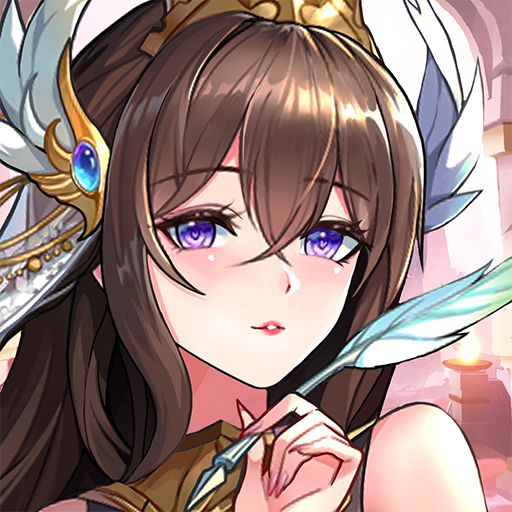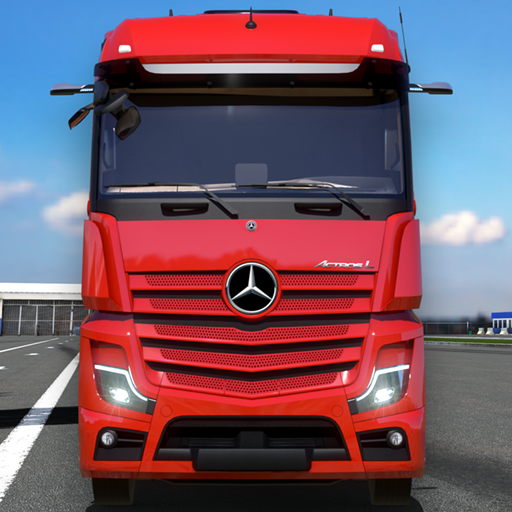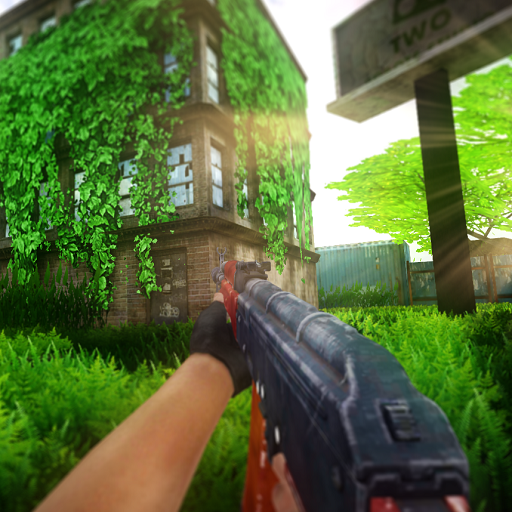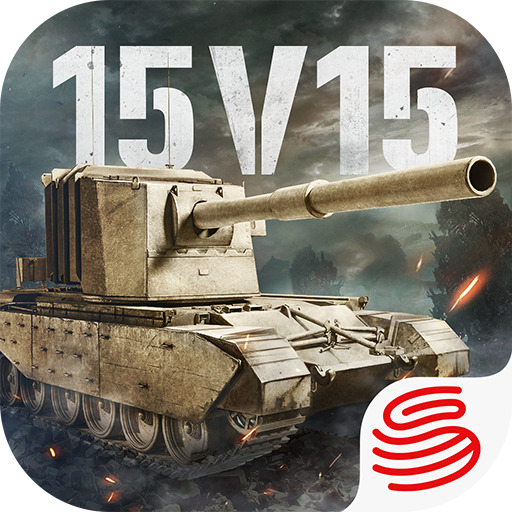In this issue, I will introduce to you the Stellar Marks Guide in Millennium Journey. In Millennium Journey, the Stellar Marks are the foundation of combat. The guide for these marks is rich and diverse, with a multitude of characters that can be overwhelming for players. The team composition can become a challenging ordeal due to the abundance of character options. Composing a team is simple; first, you need to have a good understanding of the game's Stellar Marks. Although there are many characters, we can still categorize them into several types, making it easier for players to recognize. Below, I will briefly introduce some of the characters in the Stellar Marks guide.
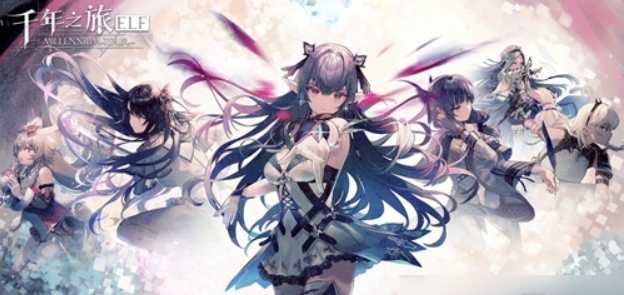
DPS Type: Gylathia + Divine Light + Kuro Heart + Anex
Since we are talking about the combat system, DPS characters are absolutely essential. Gylathia is a DPS character that players can obtain from the five-star pool. Gylathia’s main damage output comes from powerful erosion. To further increase her damage, she also has a decent effect of reducing the enemy's resistance, which is a very useful skill. Divine Light is also a five-star DPS, but her attribute is very distinct, being a fire-based DPS. When players need to form a team focused on burning, Divine Light, with her strong burning skills, can definitely serve as the core of the burning DPS in the team. Kuro Heart can also serve as a viable alternative core for a burning team, but as a four-star DPS, her damage output may be slightly lacking. However, in terms of burning, her skills are quite targeted. Anex is a unique electric DPS. When facing enemies with specific attributes, she can produce surprisingly effective damage. Among the DPS type characters, she also holds a place due to her powerful attacks.
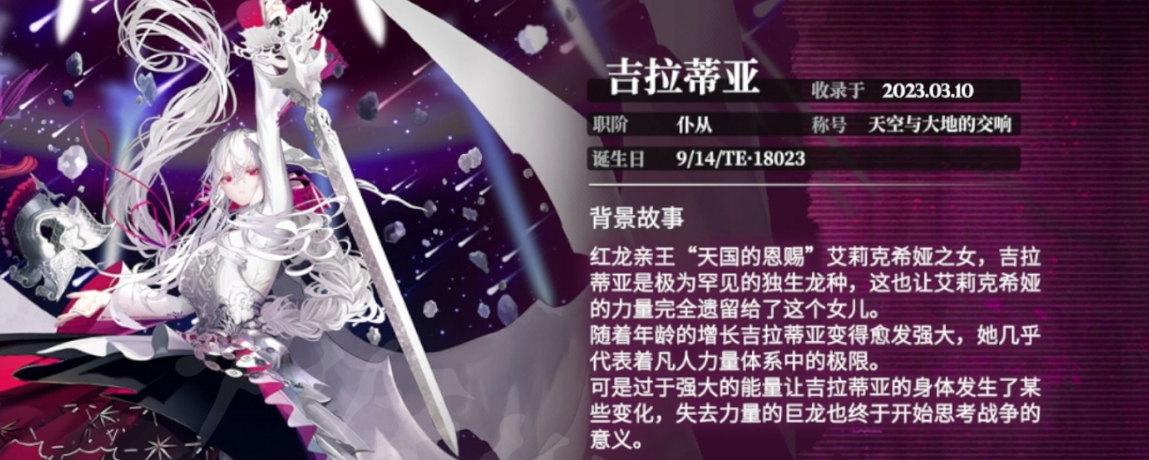
Energy Type: Yatania + Prinpton + Future
Yatania is a five-star energy type, and her value is self-evident. Her skills not only provide healing to teammates to a certain extent but also directly enhance the team's attack power, making her an extremely useful support energy type. Having her in the team will raise the team's baseline. Prinpton is a four-star energy type, primarily focused on defense, but what makes her special is that after attacking, she has a chance to silence the enemy, speeding up the team's attack, and she can directly restore her own energy value after attacking. The energy recovery allows Prinpton to attack multiple times, and her damage output is also considerable. Future is only a three-star character, but since she is mentioned here, her skills are obviously not simple. Her skills can play a strong supportive role in the team. First, she has outstanding control abilities, and second, she can directly reduce cooldowns. These two abilities, when combined, can work well with other characters in battle and also provide a small amount of health regeneration to teammates.
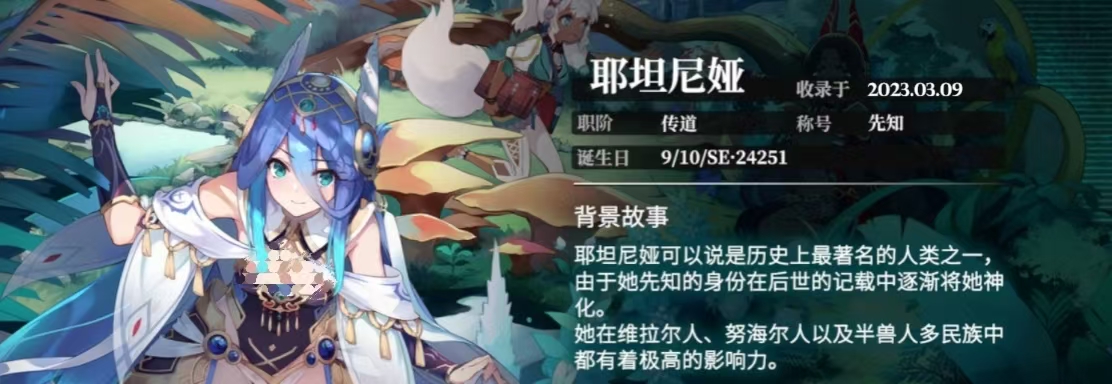
Weakness Type: Mu + Ampusa + Bell
Mu is a very strong five-star weakness type character. When the enemy is at low health, Mu's ability to finish off the enemy can directly eliminate them, making her ideal for players who like to quickly clear stages. The pace of the match will be faster than with other teams, but the early-game damage might not be high enough. As a five-star character, Ampusa possesses excellent burst damage, dealing high damage while also reducing the enemy's defense, making it easier for her to deal damage. As the match progresses, Ampusa's damage will increase. Bell is also a five-star character, and unlike other weakness type characters, Bell has a very high presence when facing bosses, making her one of the few special characters in the game. After dealing a large amount of damage, she has a high chance of silencing the enemy and can absorb damage. When facing some special enemies, Bell is the go-to choice for players.
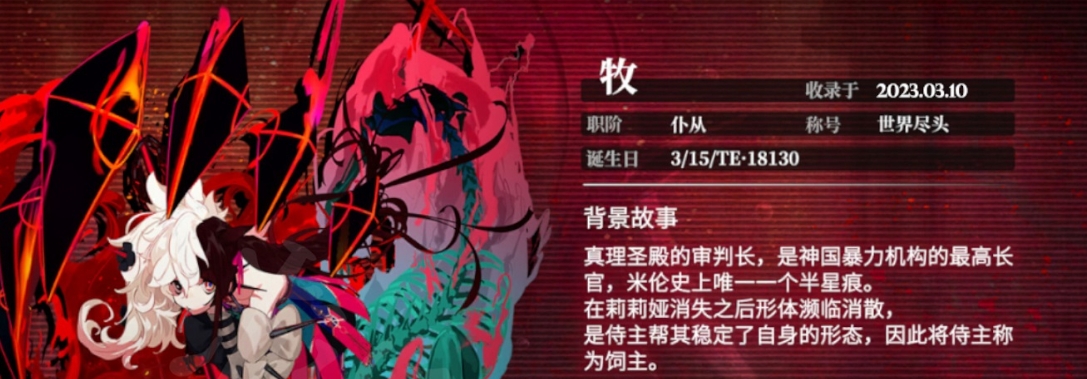
The above is the introduction to the Stellar Marks Guide in Millennium Journey. There are many characters in the game, and due to space limitations, I can only explain a portion of them. However, no matter how many characters there are, they can all be categorized into these major types, making it easier for players to make decisions. Each unique character may bring pleasant surprises in battle. The specific team composition still depends on flexibility during combat, and players can also make more reasonable combinations based on their own ideas.
